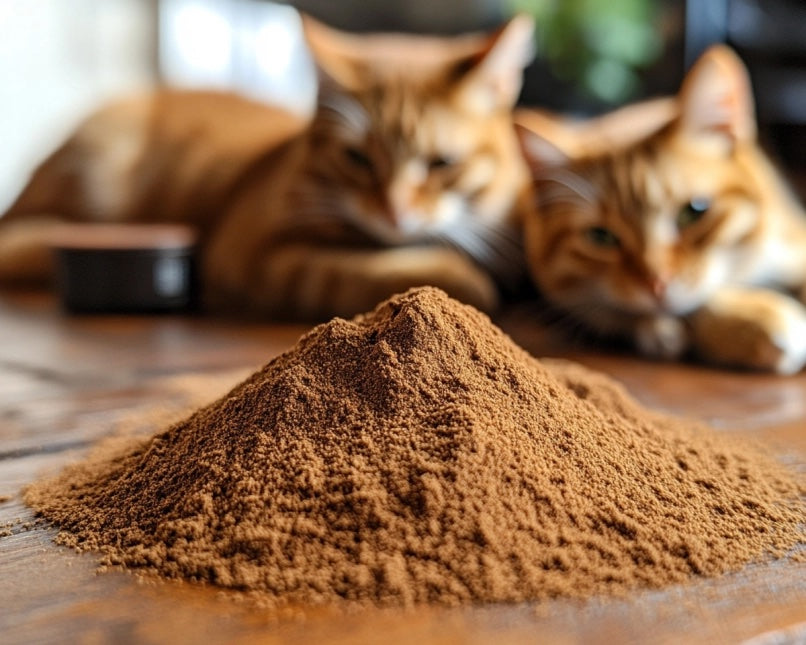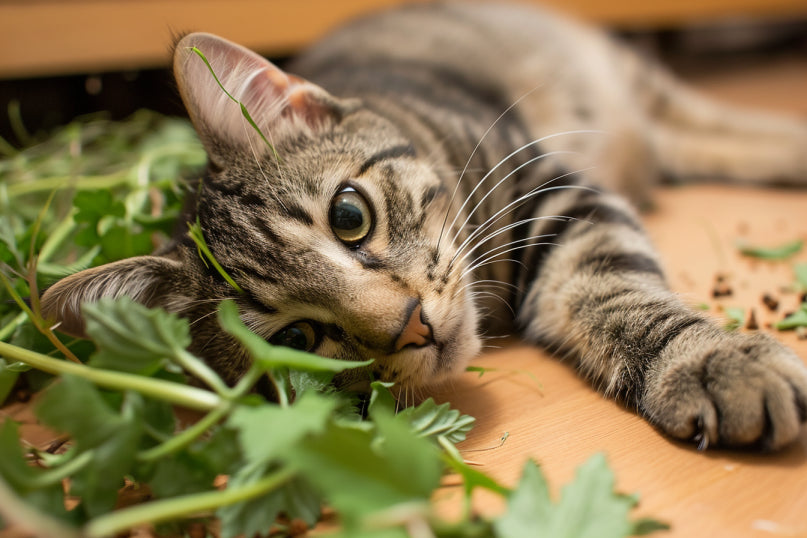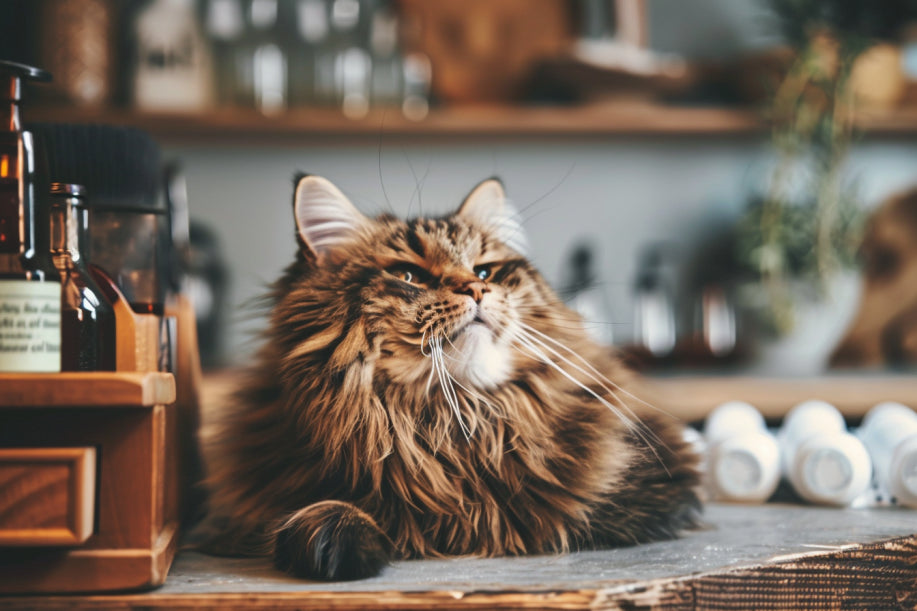
When your cat curls up in your lap for a nap or stretches out in the sun, you may hear a soft, deep, and throaty rumble as she breathes in and out. Touch her, and you'll feel tiny vibrations.
While purring is the hallmark of a happy cat, it doesn’t always mean that she's simply content. Cats purr for many different reasons, including when they’re hungry or hurt.
Here are 6 reasons your cat may purr.
1. Your cat is happy and content.
2. To bond with other adult cats
Purring is a sign that your cat has formed a close friendship with another household cat.
Bonded cats usually purr when they groom each other. Social grooming (or allogrooming) helps cats mix their individual smells together to form a family scent. Your cat won’t groom unfamiliar cats, according to the Journal of Feline Medicine and Surgery.
Cats also touch noses to greet each other. (Think of the sniffer-to-sniffer greeting as a de facto feline handshake.) But your kitty may also make a “prrt” sound. It is like a miniature purr.
What your cat is trying to say exactly isn't clear to feline researchers yet. But purring could be your cat's way of telling other family pets, "I’m not a threat." Or your cat may be asking other household felines to share resources like the litter box.
3. Your cat has anxiety.
A sudden shift in your cat’s environment or routine can trigger feline anxiety. Whether it’s a change in your inner circle or a visit to the vet, your cat may purr to self-soothe and calm down. If she is scared or stressed out, she may purr at a higher pitch while baring her teeth or panting. Purring releases brain chemicals called endorphins that kill pain and create a general feeling of well-being.
4. As a way for kittens and mother cats to communicate
Kittens are born deaf and blind. While they can’t hear or see until they’re 10 days old, newborn kittens can purr at just 2 days old. When newborn kittens purr, they send their mother an “all is well” signal.
Because newborn kittens can’t regulate their own body temperature until they’re 4 weeks old, mother cats purr to keep them warm. Purring is also quieter than other cat sounds like chattering and meowing. This makes it harder for predators to find newborn kittens.
Mother cats also purr to help their kittens find their first meal. When they find their mother’s teats, newborn kittens push their front paws up and down while purring until milk comes out. This is called kneading or “making biscuits” because it looks like a person making dough. Many adult cats will knead on soft surfaces like blankets, pillows, or laps while purring up a storm. It reminds them of being snuggled close to their mom and receiving on-demand meals.
5. Your cat needs something from you.
Some cats purr when they are lonely and want your attention. Swedish researchers found that cats purr more when they’re reunited with their humans after a long period of separation.
Cats may also purr when they feel hungry and want food. These ‘food soliciting’ purrs sound more urgent and unpleasant. They’re like the wailing of a newborn human baby. A 2009 study in Current Biology found cat owners are more likely to respond to these higher-pitched purrs. Scientists also found that people who don’t have any cats can distinguish between normal purrs and ‘please give me some food’ purrs.
6. Your cat is trying to heal herself and relieve pain.
Some cats purr while they’re giving birth or dying. In these cases, purring is soothing to cats, like a baby sucking a pacifier. It reduces their pain and helps them breathe easier.
Purring is also like built-in physical therapy for cats. Purring causes low-frequency vibrations between 25 and 150 Hertz that can heal open wounds and broken bones. Purring can also build muscles, increase flexibility, and reduce swelling.
YOU MAY BE INTERESTED IN
Matcha or green tea ice cream is a popular Japanese dessert. It’s made with a bittersweet, earthy green tea powder and sweet chilled cream. Want to share this exotic and refreshing treat with your favorite bundle of fur? Munchiecat’s Matcha and Berry Ice Cream Cones include crinkle paper and a rattle. These 8-inch kicker cat toys also contain an ingredient your cat will go batty for — catnip!



